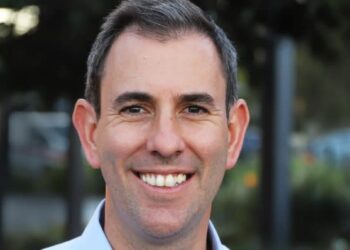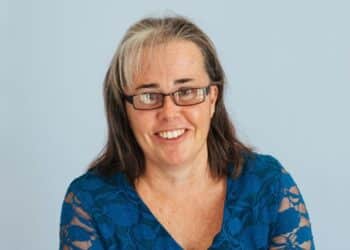In a recent article, Heffron managing director Meg Heffron explained there were two important changes to the income test for the Commonwealth Seniors’ Health Card (CSHC) late last year.
In most cases, the CSHC income test threshold is now $90,000 per annum for single people and $144,000 for couples with the two thresholds increasing in November.
Prior to these changes, the thresholds were around $61,000 and $98,000 respectively, Ms Heffron noted.
Ms Heffron said the recent changes mean that a lot more people are likely to become eligible than was previously the case.
Under the income test there are broadly two components, she said. An amount known as ‘adjusted taxable income’, plus an amount relating to superannuation pensions.
“For most people ‘adjusted taxable income’ is pretty much the taxable income shown on their income tax return plus some extra amounts such as certain superannuation contributions and losses made on investments.”
Ms Heffron explained the amount relating to superannuation in an SMSF is absolutely nothing for payments made from accumulation accounts.
It is also absolutely nothing for account-based pension that started before 1 January 2015 as long as the cardholder has held the CSHC continuously since that time.
For account-based pensions that started on or after that date, there is a calculated amount known as deeming included under the income test, said Ms Heffron.
When it comes to deeming amounts for account-based pensions, these are not the actual amounts paid from the pension or even the minimum pension required for the year, she explained.
“It’s a percentage of the account balance at the start of the year,” she noted.
“The percentage is 0.25% up to a threshold ($56,400 for singles, $93,600 for couples) and then 2.25% thereafter.
In other words, a single person with a $1.7 million account-based pension in their SMSF would have a “deemed” income amount from that pension of:
0.25% x $56,400 + 2.25% x ($1.7m – $56,400) = $37,122
A couple with pensions of $1.7 million each would have deemed income of $74,628.”
Until November, Ms Heffron said these amounts would have meant these clients were “perilously close to the income test thresholds”.
“So, any meaningful income from non-superannuation sources would likely render them ineligible for the CSHC. But the position has changed markedly now — these amounts are $52,878 (singles) and $69,372 (couples) shy of the thresholds,” she noted.
Ms Heffron said it’s also important to remember that there is no asset test for the CSHC, which means members could have enormous accumulation accounts with no impact on their CSHC.
“They could even be withdrawing substantial amounts from these accumulation accounts each year,” she said.
Ms Heffron also noted that with the thresholds much higher now, it’s far less important for those with pre-2015 pensions to hang onto their special pre-2015 treatment.
This may open up opportunities for these clients to undertake strategies such as recontributions, winding up their SMSF or setting up a new SMSF.
“Some may even wish to combine different pension accounts together or run down their pre-2015 pension with additional payments (but leave their post 2015 pensions in place) but have previously chosen not to because of the impact on their CSHC,” she stated.
Ms Heffron also pointed out that even without the pre-2015 treatment, having assets in superannuation, rather than invested personally, is incredibly beneficial when it comes to the CSHC.
She noted accumulation balances don’t impact income for the card at all.
“In contrast, exactly the same amount invested in say a personal share portfolio would result in taxable income being taken into account,” she explained.
While many couples focus only on the couples threshold, Ms Heffron highlighted if one of them passes away they will have the same asset base but with the singles income threshold.
“Again, it can be ideal to have as much as possible of those assets in superannuation to minimize [sic] income taken into account for the income test,” she said.
“In some cases, the death of a partner means the surviving spouse has no choice but to take money out of superannuation. Given the higher thresholds, it might still be possible to retain the CSHC.”


